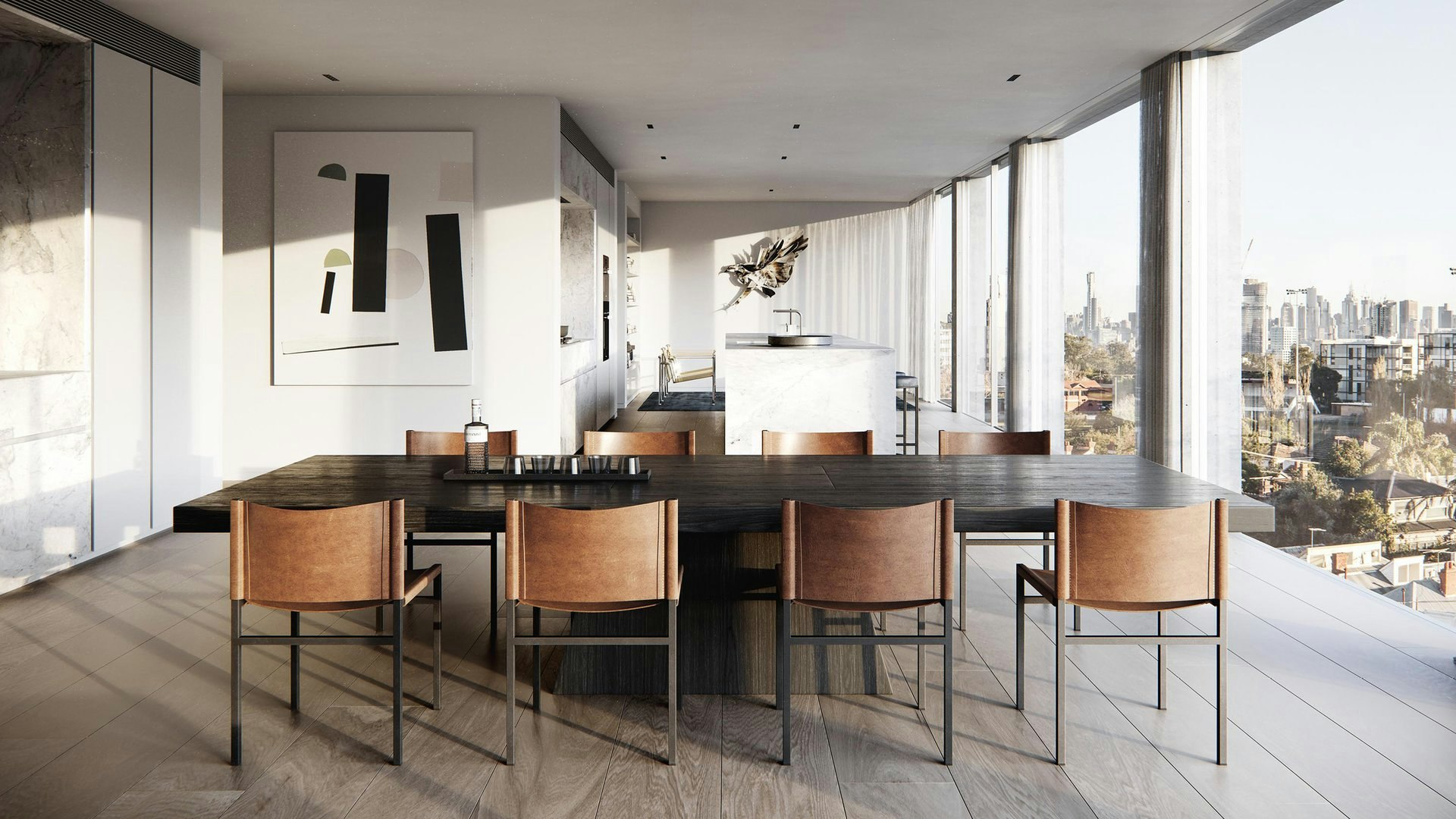The pandemic left few sectors untouched, and the property market was no exception. From skyrocketing demands in regional areas to changes in buyer preferences, the real estate landscape underwent a significant transition. Yet, as we navigate a post-pandemic world, it's clear that the Victorian property market has already adjusted, currently operating within what can be considered a new normal.
Property InsightsThe Post-COVID Property Market
Next ArticleThe Post-COVID Property Market

A strong outlook for Victorian real estate
16 April 2024
The onset of the pandemic triggered a widespread re-evaluation of living spaces, with many seeking refuge in larger homes, craving outdoor spaces, and setting up home offices in response to lockdowns and the shift to remote work. This rise in demand, particularly in regional Victoria, led to an unprecedented boom, highlighting the market's responsiveness to sudden lifestyle shifts. As the pandemic's immediate effects wane, these patterns are making way for a more stable and predictable market.
A significant sign of the market achieving balance is the stabilising interest in regional properties. The initial rush towards these areas, attracted by open spaces and the flexibility of remote work, is now transforming into a consistent and sustainable flow. The desire for a peaceful and spacious lifestyle continues, but the market's earlier intensity and sharp increase in values are settling into a more predictable pattern. This indicates that buyers are adopting a thoughtful, considered approach, carefully evaluating their choices in this balanced market environment.
This newfound equilibrium not only benefits buyers by providing a more level playing field but also presents opportunities for sellers to capitalise on the appeal of regional living. As the market continues to find its footing, it is creating an environment where both buyers and sellers can make well-informed decisions, laying the foundation for a thriving regional property market in the long term.
The return to office work, even on a hybrid basis, is recalibrating the demand for urban living. Cities are regaining their appeal, as proximity to workplaces, amenities, and social infrastructures become key considerations once again. This rebalance between urban and regional property preferences signals a market that accommodates a variety of lifestyles and work arrangements.
The pandemic also spotlighted the issue of housing affordability, with rising prices putting pressure on first-time buyers and investors alike. In response, there has been a concerted effort to increase the supply of affordable housing. Government initiatives and private sector projects aimed at developing more accessible housing options are underway, attempting to ensure that the market remains open to a wider array of people.
Looking forward, sustainability and adaptability are set to play crucial roles in shaping the property market. The pandemic has demonstrated the importance of flexible living spaces that can accommodate changing needs, from work to wellness. Buyers are increasingly looking for homes that not only meet their immediate needs but also offer the potential for adaptation. Additionally, eco-conscious choices are becoming more prevalent, with energy efficiency and sustainable materials featuring prominently in property decisions.
While the COVID-19 pandemic has undeniably shaped the property landscape, there is no doubt that the market has now stabilised. This normalisation is not a return to the old ways but an evolution towards a new equilibrium, pointing to a strong and dynamic future.



